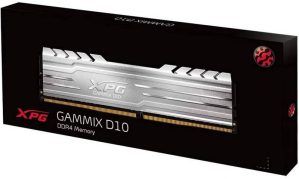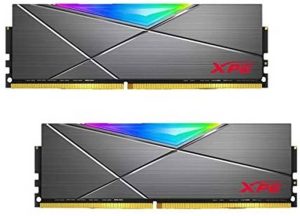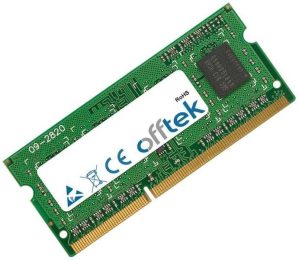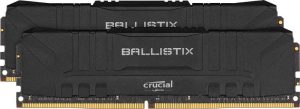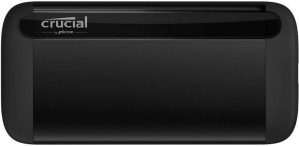RAM
The “RAM” department performs a complete and continuous performance to monitor all the department’s products, in addition to the access point to monitor all brands of international companies, and to monitor products with prices and notes through the portal loqtaa.
Random-access memory (RAM) is a form of computer memory that can be read and changed in any order, typically used to store working data and machine code , A random-access memory device allows data items to be read or written in almost the same amount of time irrespective of the physical location of data inside the memory. In contrast, with other direct-access data storage media such as hard disks, CD-RWs, DVD-RWs and the older magnetic tapes and drum memory, the time required to read and write data items varies significantly depending on their physical locations on the recording medium, due to mechanical limitations such as media rotation speeds and arm movement.
RAM contains multiplexing and demultiplexing circuitry, to connect the data lines to the addressed storage for reading or writing the entry. Usually more than one bit of storage is accessed by the same address, and RAM devices often have multiple data lines and are said to be “8-bit” or “16-bit”, etc. devices.
In today’s technology, random-access memory takes the form of integrated circuit (IC) chips with MOS (metal-oxide-semiconductor) memory cells. RAM is normally associated with volatile types of memory (such as dynamic random-access memory (DRAM) modules), where stored information is lost if power is removed, although non-volatile RAM has also been developed.[3] Other types of non-volatile memories exist that allow random access for read operations, but either do not allow write operations or have other kinds of limitations on them. These include most types of ROM and a type of flash memory called NOR-Flash.
The two main types of volatile random-access semiconductor memory are static random-access memory (SRAM) and dynamic random-access memory (DRAM). Commercial uses of semiconductor RAM date back to 1965, when IBM introduced the SP95 SRAM chip for their System/360 Model 95 computer, and Toshiba used DRAM memory cells for its Toscal BC-1411 electronic calculator, both based on bipolar transistors. Commercial MOS memory, based on MOS transistors, was developed in the late 1960s, and has since been the basis for all commercial semiconductor memory.
The first commercial DRAM IC chip, the Intel 1103, was introduced in October 1970. Synchronous dynamic random-access memory (SDRAM) later debuted with the Samsung KM48SL2000 chip in 1992.
Showing 1–12 of 31 results

